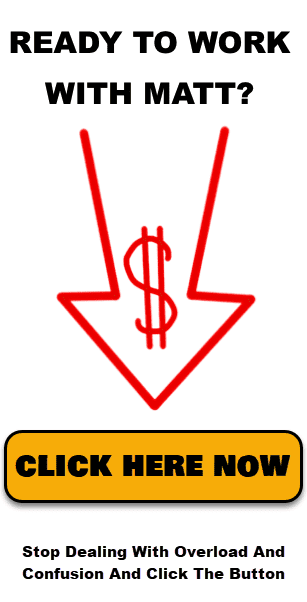How To Prepare For a Presentation The Easy Way
Struggling to put together a presentation without stressing out? You’re not alone. Whether you’re prepping for a work meeting, a class assignment, or a pitch, the goal is the same: show up confident, clear, and calm.
1. Start With Your Core Message
Before opening PowerPoint or Google Slides, get crystal clear on your big idea. Ask yourself: “What’s the one thing I want people to remember?” That becomes your presentation’s North Star.
- Post-it Rule: If your key message doesn’t fit on a sticky note, it’s probably too complex.
- Make It Matter: Tie your message to a story, emotional trigger, or meaningful outcome for your audience.
2. Map the Story Before Making Slides
Your presentation is a journey—and you’re the guide. Instead of diving into visuals, sketch your storyline:
- Hook: Start strong with a bold question, surprising stat, or brief story.
- Challenge: Frame the problem or curiosity your talk will solve.
- Solution: Present your key idea, product, or insight.
- Transformation: Paint the future—what’s now possible because of your message?
Only after this story arc is mapped should you start creating your slides.
3. Reverse-Outline Your Slides
After building your deck, flip the script. Summarize each slide in one sentence. This method will:
- Expose weak transitions or unclear flow.
- Identify duplicate content.
- Reveal sections that don’t serve the main message.
Cut ruthlessly. If a slide doesn’t move the story forward, it doesn’t belong.
4. Design Simply, Think Strategically
Good design supports meaning. Bad design distracts from it. Focus each slide on one idea, and use color intentionally.
| Color | Emotion Trigger | Best For |
|---|---|---|
| Blue | Trust, logic | Data, insights |
| Red | Energy, urgency | Calls to action |
| Green | Calm, growth | Processes, solutions |
| Gray | Neutral, serious | Corporate tone |
- Use fonts 30pt or larger.
- Apply the 6×6 rule: Max 6 lines per slide, 6 words per line.
- Choose one strong image over cluttered visuals.
5. Rehearse With Real-World Distractions
Practicing in silence doesn’t reflect real conditions. Train your focus by adding mild chaos:
- Play background noise or music.
- Practice in a busy room.
- Keep your phone on with notifications.
This helps build your mental flexibility and calm under pressure.
6. Record and Review Yourself
Recording your practice may feel awkward, but it’s invaluable.
Look for:
- Filler words like “um,” “like,” and “you know.”
- Distracting habits like pacing or hand fidgeting.
- Clarity issues—are your main points landing?
Even one playback can highlight what to improve fast.
7. Collect Feedback—Then Prioritize It
Feedback is helpful only if it’s actionable. Sort critiques into buckets:
| Type | Examples | Action |
| Content | “Too much jargon.” | Simplify/clarify |
| Delivery | “Spoke too fast.” | Adjust pace/volume |
| Technical | “Slide transitions were jarring.” | Fix tech/design |
Prioritize what’s repeated or impactful. Focus on what improves the message, not what strokes the ego.
8. Prepare the Setting, Not Just the Slides
Your surroundings can boost or break your delivery. Run a checklist:
- Lighting: Face a soft light source; avoid backlighting.
- Audio: Test your mic or room acoustics.
- Temperature: Dress comfortably. Focus needs comfort.
- Tech: Test on the actual device or platform you’ll use.
Arrive early. Set the tone before the first word leaves your mouth.
9. Close With a Signature Moment
The close is what sticks. Don’t fade out with “Thanks for listening.”
Try:
- A compelling image or metaphor that reinforces your idea.
- A branded phrase they can remember.
- A call-back to your opener to create a full-circle moment.
Final Thought:
Presentations don’t have to be painful. Start with one clear message, structure your story, rehearse intentionally, and control your environment. That’s the “easy way.”
Because at the end of the day, it’s not about slides. It’s about clarity, confidence, and human connection.
